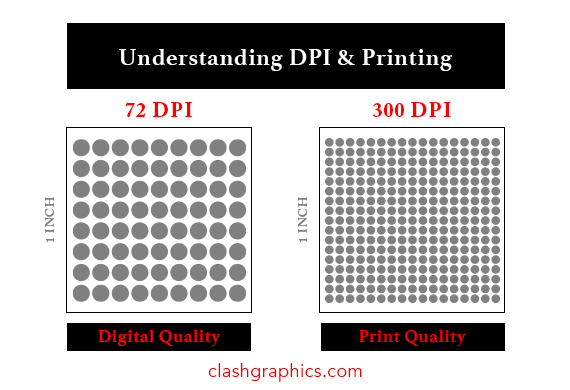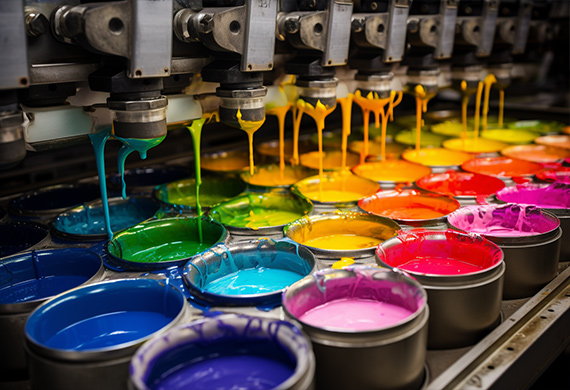History of Bumper Stickers
Posted by Clash Graphics on 21st Jul 2020
Don’t miss out on the marketing brilliance and fun of bumper stickers. By knowing how bumper stickers came to be, you can appreciate their deeply rooted potential in marketing and advertising. clashgraphics.com gathered information about the…
read more





